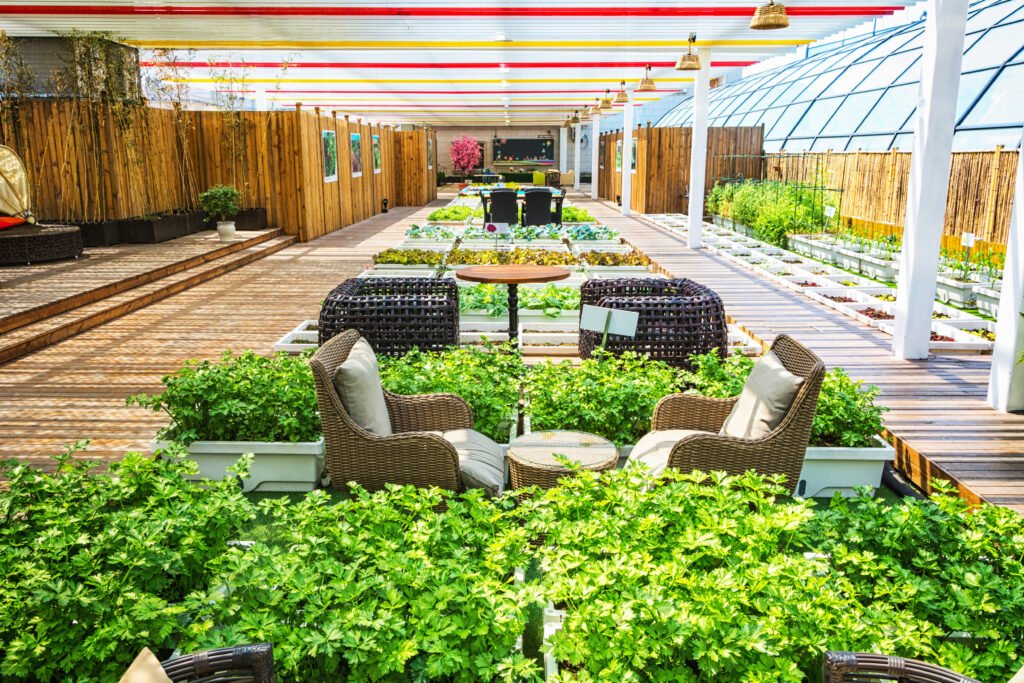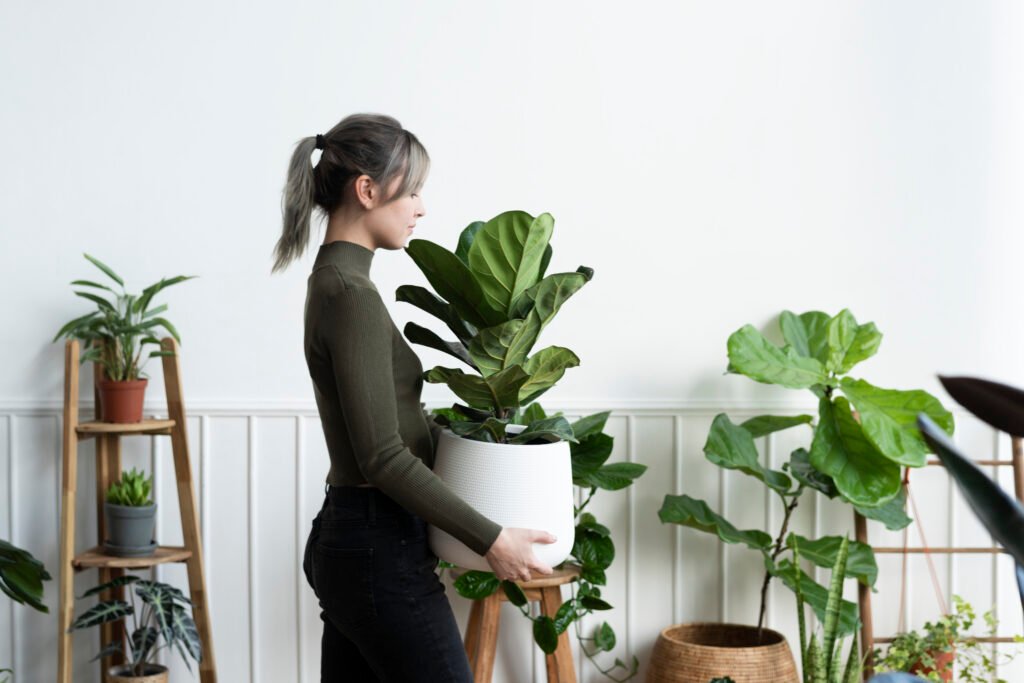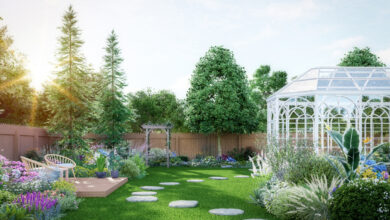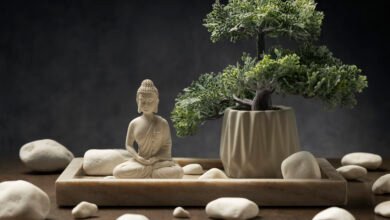Mastering Indoor Gardening: Expert Tips for a Thriving

Why an Indoor Gardening is a Smart Choice for Your Home
Indoor gardening isn’t just a hobby—it’s a lifestyle choice that can improve air quality, reduce stress, and provide fresh herbs, flowers, and vegetables right from the comfort of your home. Whether you’re a seasoned gardener or a beginner, indoor gardening can be an incredibly rewarding activity that transforms your living space.
This guide will take you through the essential steps and tips for creating a flourishing indoor gardening, covering everything from lighting and watering to plant selection and maintenance. By the end of this guide, you’ll be equipped with everything you need to start your very own indoor gardening, no matter the size of your home.

1. Lighting: The Key to Indoor Gardening Success
Why Lighting Matters
Light is the most important factor when it comes to indoor gardening. Without adequate light, plants struggle to grow, often resulting in weak stems, yellowing leaves, and stunted growth. While natural sunlight is ideal, it’s not always feasible, especially in homes with limited window space or less-than-ideal exposure.
Choosing the Right Light for Your Plants
The type of plants you choose will influence the amount of light they need. Here are a few tips for selecting the right lighting for your indoor garden:
- Low-Light Plants: Ferns, pothos, and philodendrons thrive in low-light conditions and do well in north-facing windows or spaces with indirect light.
- Medium-Light Plants: Succulents, peace lilies, and spider plants prefer moderate sunlight, making east- or west-facing windows ideal.
- High-Light Plants: Vegetables like tomatoes and peppers require full sun, so they’ll need to be placed in a bright, south-facing window or under a grow light.
For spaces with minimal natural light, supplement your plants with grow lights. LED and fluorescent lights are great options for providing full-spectrum light, mimicking natural sunlight.
2. Watering: How to Keep Your Plants Hydrated Without Overdoing It
Proper watering is vital for indoor gardening success, but it’s a fine line between keeping plants hydrated and drowning them. Overwatering is the most common cause of plant death, and indoor plants are especially vulnerable because their roots are confined to containers.
When and How to Water Your Plants
- Check the Soil Moisture: Stick your finger into the soil about 1–2 inches deep. If it feels dry, it’s time to water. If it still feels damp, wait a few days before checking again.
- Bottom Watering: For plants that don’t like moisture on their leaves (like African violets), try bottom watering. Place the pot in a shallow dish of water and allow the soil to absorb moisture from the bottom.
- Avoid Watering at Night: Watering at night can promote fungal diseases, as the moisture sits on the soil overnight without the benefit of sunlight to dry it out.
Remember that different plants have different water needs. Tropical plants like ferns may require more frequent watering than succulents, which prefer to dry out between waterings.
3. Choosing the Right Indoor Plants for Your Garden
Not all plants are suited for indoor environments. It’s essential to select plants that will thrive indoors and match your care abilities. Here’s a breakdown of popular indoor plants that are perfect for beginners and seasoned gardeners alike:
- Herbs: Basil, thyme, mint, and rosemary are fantastic herbs to grow indoors. They not only brighten up your home with their fragrance but are also great for cooking.
- Succulents: These hardy plants, like aloe vera and jade, require minimal water and thrive in dry, sunny spots.
- Flowering Plants: African violets, orchids, and peace lilies add beauty to your home while purifying the air.
- Low-Maintenance Greens: Spider plants, pothos, and snake plants are perfect for those new to gardening, as they require minimal care and can tolerate a range of lighting conditions.

4. Fertilizing: Keeping Your Plants Nourished
To ensure that your indoor plants thrive, it’s essential to provide them with the nutrients they need. Fertilizing is an easy way to keep plants healthy, but it’s important to do it correctly.
- Frequency: Most indoor plants don’t need frequent fertilizing. Apply a balanced, water-soluble fertilizer every 4–6 weeks during the growing season (spring and summer).
- Type of Fertilizer: Use a general-purpose houseplant fertilizer that provides balanced nutrients. Organic fertilizers, like compost or fish emulsion, are also great options for healthy, sustainable growth.
Over-fertilizing can cause more harm than good, so always follow the manufacturer’s guidelines and avoid applying fertilizer to dry soil.
5. Container and Soil: The Foundation of Your Indoor Garden
The container and soil you choose will have a significant impact on your indoor garden’s success. Here’s what to keep in mind when selecting pots and soil for your plants:
- Container Size: Choose a pot that allows your plant to grow without being cramped. For example, a plant that has outgrown its pot should be transplanted to a larger container.
- Drainage: Make sure your containers have drainage holes to prevent water from accumulating at the bottom and causing root rot.
- Soil Type: Use potting mix instead of garden soil. Potting mixes are specifically formulated to drain well and prevent the soil from compacting over time. For herbs or succulents, look for soil that is light and fast-draining.
6. Common Challenges and How to Overcome Them
Indoor gardening comes with its own set of challenges, but with the right approach, you can overcome them. Here are some common issues and how to solve them:
- Pests: Indoor plants are not immune to pests like aphids, spider mites, and mealybugs. Regularly inspect your plants and remove any pests manually or with insecticidal soap.
- Brown Leaves: If your plants are developing brown edges, it could be due to over-watering, under-watering, or low humidity. Adjust your watering schedule and consider adding a humidifier if the air in your home is too dry.
Start Your Indoor Garden Today

An indoor gardening is a rewarding project that improves your home’s ambiance, adds fresh food and herbs to your kitchen, and helps purify the air. With the right lighting, watering techniques, and plant selection, you can create a thriving garden in any space—whether it’s a sunny windowsill, a living room, or even a small apartment.
The best part? You don’t need a green thumb to succeed. Follow these simple tips, and you’ll be on your way to cultivating a healthy, thriving indoor garden.
Read Also:








